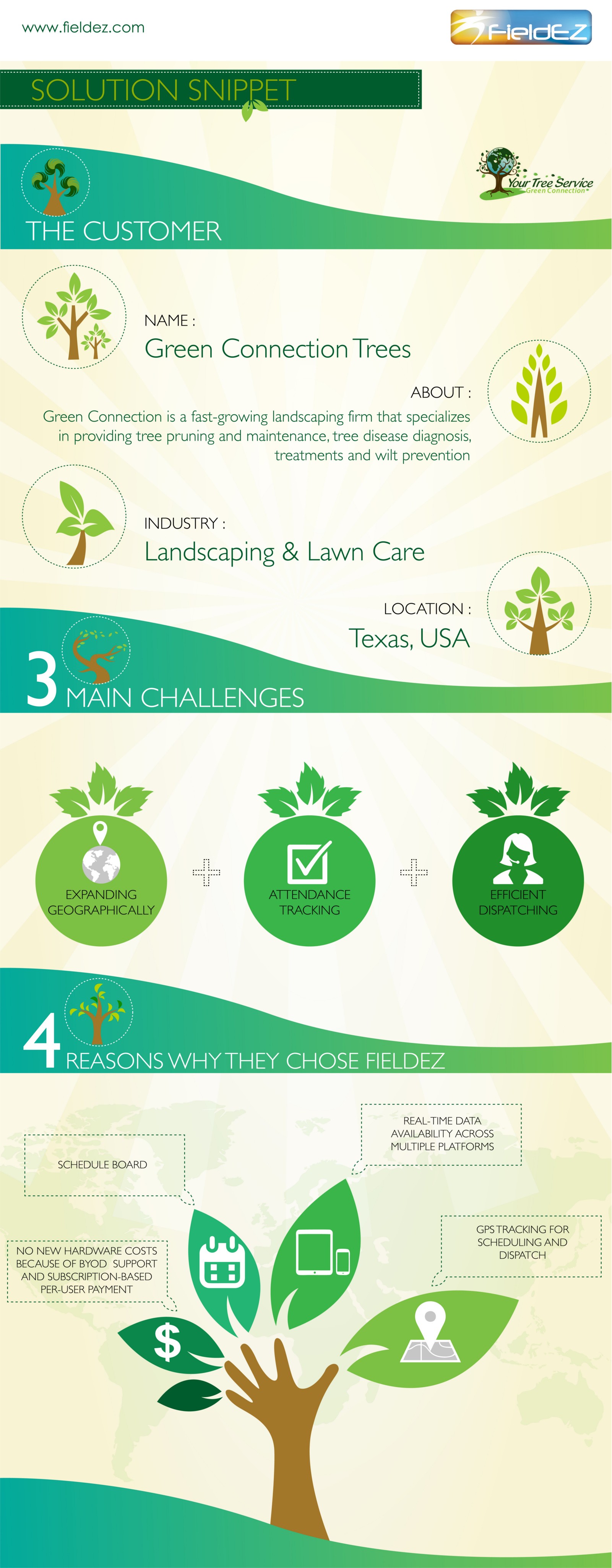Indications It's Time To Remove A Tree - A Property Owner'S Guide
Indications It's Time To Remove A Tree - A Property Owner'S Guide
Blog Article
Composed By-Hollis Bendixen
Trees add appeal and value to residential or commercial property, however they can additionally present a danger during extreme weather occasions. If a tree has stopped growing, is exhibiting noticeable fungal development, or has a leaning trunk, it needs to be eliminated by a professional to avoid residential property damage and injury.
To get https://www.verdenews.com/news/2020/oct/02/village-rotary-club-needs-volunteers-sponsorships-/ , participate in a homeowner source fair co-hosted by HPD, the Facility for NYC Neighborhoods, and Brooklyn-based housing companions this evening in Bedford-Stuyvesant. The occasion will include the Property owner Manual, a new guide to aid property owners browse the responsibilities of owning a home.
1. Dead or Perishing Branches
Trees are an important part of your home's landscape, providing shade and charm. They likewise supply sanctuary for wildlife and produce oxygen, however also healthy trees can experience illness that may necessitate their removal. Dead or passing away trees aren't simply unpleasant, they can be harmful. Their branches can drop during a storm, bring about costly residential or commercial property damages and injuries.
When a tree's branches begin to die, it implies that its framework is beginning to break down. If the majority of its branches are dead, it is likely time to remove it.
Look for https://devingbupj.webbuzzfeed.com/29869894/protecting-your-landscape-replanting-after-tree-removal of brand-new development, bark peeling, open injuries or cavities, fungis growing on the trunk or roots and a basic appearance of decay in the entire cover. These signs of infection can suggest a serious trouble that will certainly need expert tree solutions to settle.
2. Leaning Trunk
While it's typical for trees to lean periodically as a result of phototropism, if a tree has a dangerous or serious lean that's not as a result of natural processes - maybe an indication that the tree needs to be removed. If the tree is favoring a high-voltage line, home, vehicle, play structure or any other location that could be dangerous to individuals if it drops, then getting in touch with a professional tree service for removal must be a leading priority.
It's additionally essential to expect any sudden changes in a tree's leaning as it can show damage to the roots or trunk that may result in dropping. This is specifically true throughout stormy weather, considering that high winds and rain-soaked soil can trigger a lean to change swiftly. Normal tracking, specifically throughout and after storms can help homeowners recognize prospective issues with their trees so they can call an arborist for a complete examination.
3. Bug Problem
Some pest infestations, such as wood-boring pests like emerald ash borer or sap-suckers like scale bugs, are so serious that they can trigger a tree to pass away. The very best method to prevent pest infestation is to monitor your trees regularly. Seek places, holes, or discolorations in the leaves and bark. Take a look at the trunk for fractures and indicators of insect damage, such as tunnels or tracks.
If a tree becomes too infested with bugs, or is close to a home or high-voltage line, an arborist might advise elimination. If a leaning tree creates a new, unpredictable lean, an arborist will likely advise removal also to make sure the safety of individuals and home. If a damaged or dead tree constantly loses excessive branches, it is an indication that it is time to remove the tree. If a tree remains to shed branches for an extended time period, it could bring about architectural troubles and prospective residential or commercial property damages.
4. Harmed Trunk
Trees are a beautiful and integral part of our landscape, however they do call for regular like keep them healthy and safe. If a tree is damaged irreparable it is likely time for it to come down.
Try to find indications of damages to the trunk, including upright cracks, seams, dead branch stubs, visible wounds or open cavities and serious tree-rot. The visibility of fungis at the base of the trunk is another alerting sign. Fungi may indicate that the phloem and xylem (life-support tissues) are endangered, allowing for the spread of disease or a future failing.
Likewise, think about whether the tree has quit expanding. Healthy and balanced trees will certainly have new development every year, which might be visible as buds or branches sprouting and extending. If you don't see any new development, it's a great idea to have an arborist assess the tree and follow their suggestion for elimination. A dying or harmed tree can fall and trigger residential or commercial property damage.